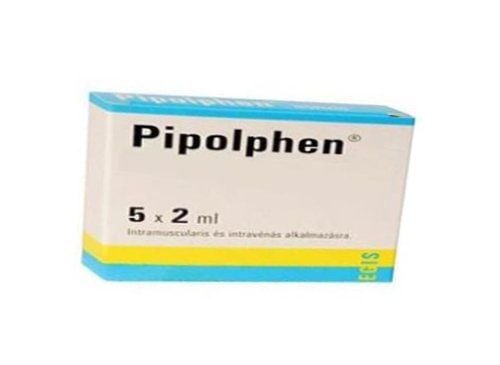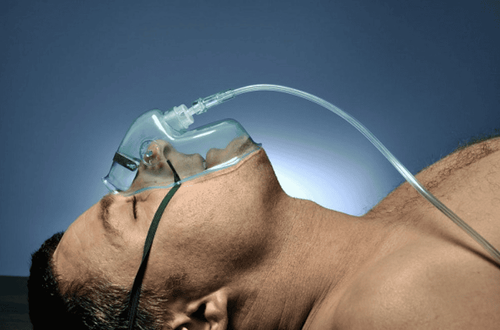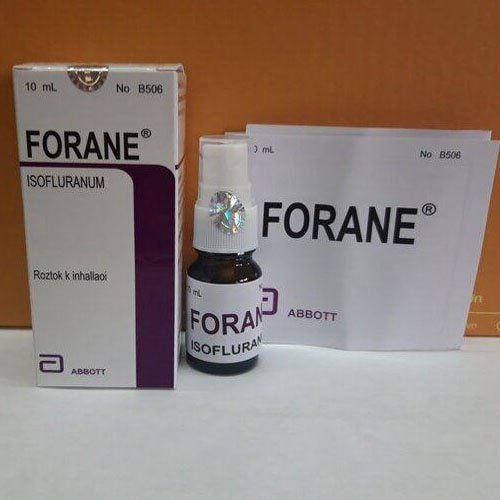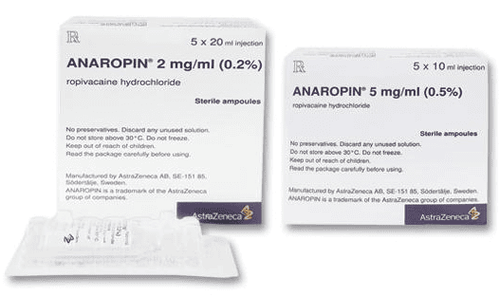This is an automatically translated article.
The article was consulted with Specialist Doctor I Nguyen Duc Thong - Anesthesiologist - General Surgery Department - Vinmec Danang International General Hospital.Anesthesia or anesthesia are both numbing methods used before surgery or procedures to help ensure patient safety. So how long is the duration of the anesthetic and anesthetic?
1. What is anesthesia/anesthesia?
Anesthesia, anesthesia are numbing methods that eliminate the patient's sensation at the surgical site or the whole body and the patient will no longer feel pain. Anesthesia is often used to relieve pain in a narrow area or area of the body; Anesthesia also causes the patient to lose consciousness due to the anesthetic effect on the brain. The basic difference is that when anesthetized, the patient will still be awake and aware of everything that is happening, but without pain; On the contrary, under anesthesia, the patient loses consciousness completely and is no longer aware of anything.Depending on the required surgical requirements, the large or small surgical area, the patient's health status and test results, the surgical method, the doctor will choose the method of anesthesia or anesthesia. Any type of anesthesia or sedation has risks, but with the advancement of science today, the safety of anesthetic methods has been greatly increased.
2. How long does anesthesia last?
There are many types of anesthetics with different dosages, so depending on the drug as well as the nature of the surgery, the anesthetic time will last for an appropriate amount of time. The methods of anesthesia and corresponding duration of action are: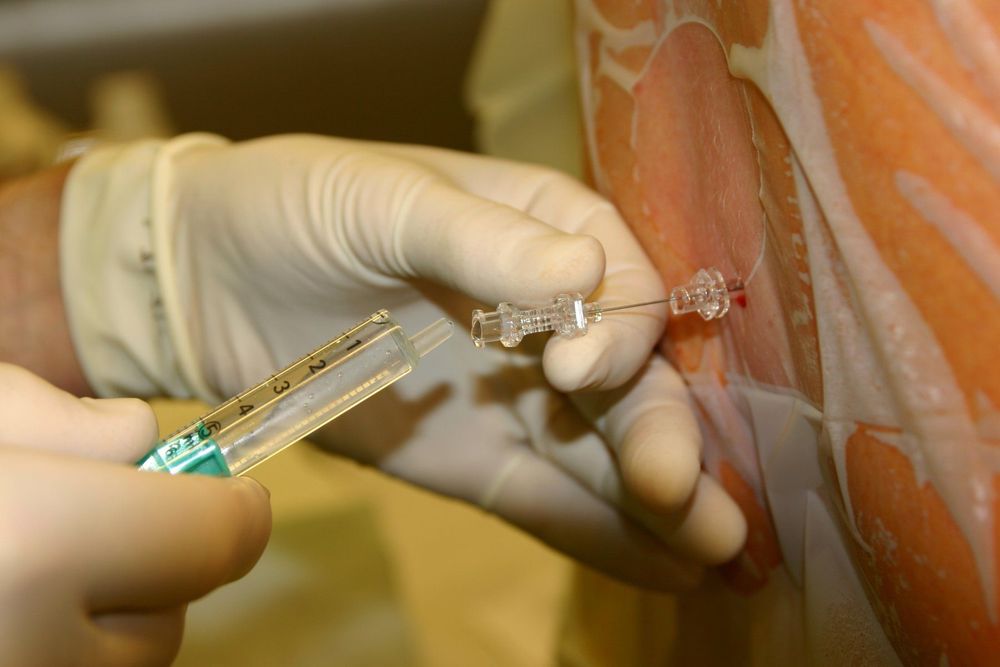
3. How long does anesthesia last?
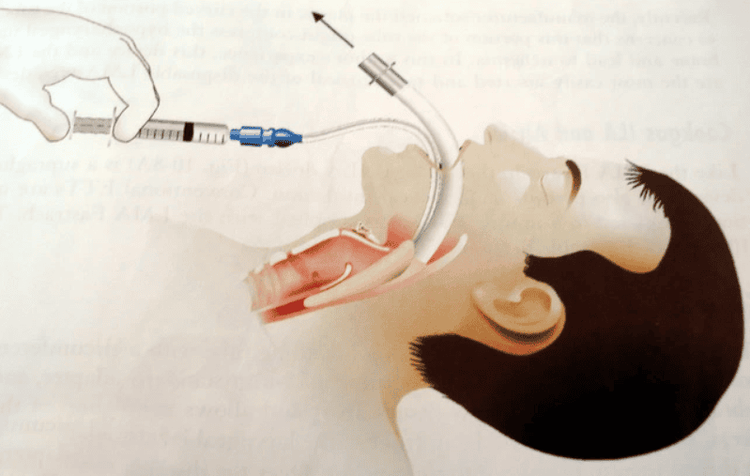
Anesthesia works immediately after being put into the body, the patient will fall asleep after 1-2 minutes depending on the drug. Immediately after stopping taking the drug into the body (injection or inhalation) for about 15-30 minutes, the patient will gradually wake up and be fully awake after 1-2 hours or so because the recovery time depends on the situation. the patient's health status and the type of drug used. Today, new anesthetics have a deep anesthetic effect, few side effects and quick awakening to help bring comfort to the patient.
Most anesthetic methods are safe and the drug can stay in the body for several hours and be completely eliminated a few days after stopping the drug. However, the elimination time depends on the type of anesthetic method, the dose of the drug used as well as the patient's health, the elimination of the drug will occur more slowly in people with liver and kidney failure because most Drugs are metabolised in the liver and eliminated by the kidneys or liver. In addition, anesthetics are also eliminated through breath, sweat, feces..
At Vinmec Hospital, we use the latest drugs, with the fewest side effects that have been recognized in the world. We are pioneers in compliance with the Helsinsky Convention on the restriction of the use of Morphine, we do not use Morphin for pain treatment (Morphin free); Instead, we performed regional anesthesia techniques with a single dose (single shoot) or placed a continuous infusion catheter controlled by the patient (PCA) to provide good analgesia to help the patient recover quickly. surgery and soon return to normal activities.
Vinmec International General Hospital is one of the hospitals that strictly applies safe surgical anesthesia practice standards according to international guidelines. With a team of experienced anesthesiologists and nurses, along with modern equipment such as Target controlled Infusion (TCI), comprehensive monitoring monitor (pulse, Electrocardiogram, arterial oxygen saturation, exhaled CO2, analysis of anesthetic gas concentration...), regional anesthesia guided by ultrasound machine and nerve detector, difficult airway control system (lamp light) Camera intubation, flexible bronchoscopy system, GE's AoA (Adequate of Anesthesia) comprehensive anesthesia monitoring system including anesthesia (Entropi, BIS) and muscle relaxation (TOF) monitoring will bring high quality and safety, help patients have enough anesthesia, do not wake up, and do not have residual muscle relaxants after surgery.Vinmec Health System is also proud to be the first hospital in Vietnam to sign with The World Anesthesiology Association (WFSA) aims to become the safest hospital for surgical anesthesia in Southeast Asia. full country, please make an appointment on the website to be served.
Please dial HOTLINE for more information or register for an appointment HERE. Download MyVinmec app to make appointments faster and to manage your bookings easily.





